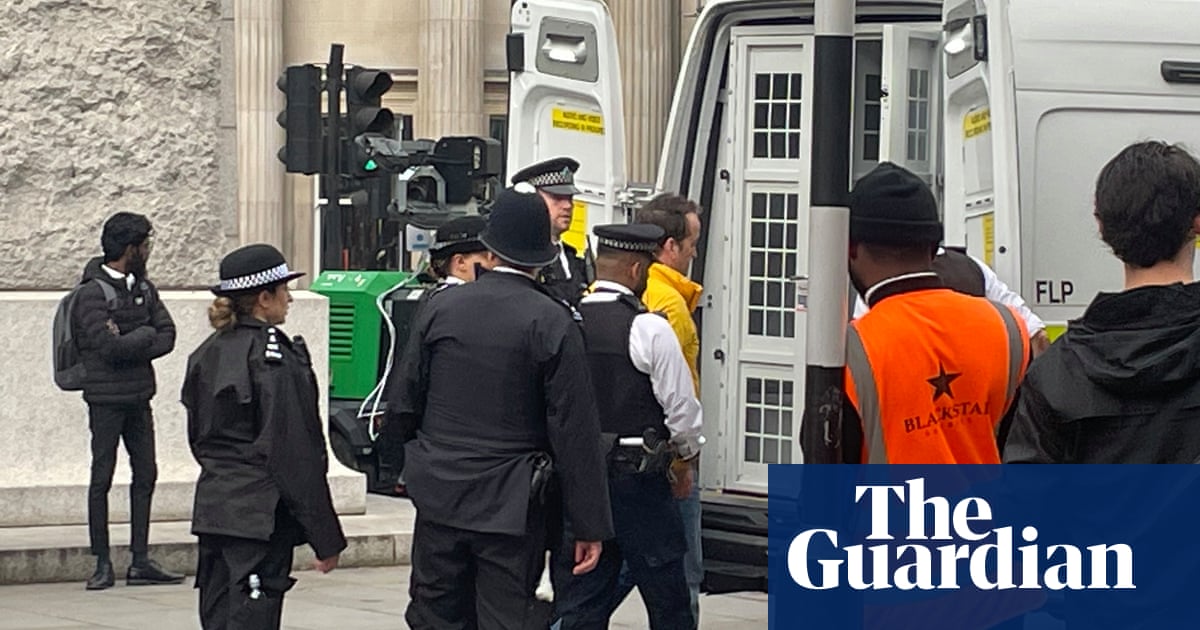Queensland’s First Nations children experiencing domestic and family violence are being harmed – and funnelled into risk-taking and criminal behaviour – by failures in the child protection, youth justice and other support systems, a landmark report has found.
Released amid a heightened debate about youth crime in Queensland, the report gives new insight into how unsafe home environments, and a lack of safe places to go to escape family violence, create conditions in which young people become entangled in the justice system.
While not covered in the report, these concerns are at the forefront of alarm about the consequences of the state government’s decision last week to charge children with criminal offences for breaching bail conditions. Advocates say many of these children are forced to choose between complying with court-ordered conditions or being safe.
On Monday representatives from the state’s Department of Justice and Attorney-General told a public hearing the proposed changes to bail laws would mean children breaching curfews or residential conditions would be committing an offence.
The report, titled You can’t pour from an empty cup, was a joint project by Queensland’s Aboriginal and Torres Strait Islander Child Protection Peak (QATSICPP), Australia’s National Research Organisation for Women’s Safety, and the Australian Catholic University. The research was led by First Nations teams in eight regional and remote Queensland communities.
It found that current systems, which are often disciplinary in approach, create further trauma and harm for children and young people, resulting in negative lifelong consequences.
“The lack of safe places outside the home to escape domestic and family violence [DFV], places where children and young people have a sense of belonging and safe role models, was also seen to funnel them into risk-taking and criminal behaviour,” the report said.
“This lack of safe options to escape to when DFV erupts at home is having lifelong impacts, particularly for the large number of children who [according to a community worker] ‘start to take crooked pathways … look for the wrong crowd’ and enter juvenile justice as a result.
“This is exacerbated by the lack of early intervention and healing supports easily accessible in community for children and young people who experience DFV.”
One community worker said children engaged in criminal behaviour “because it’s an unsafe environment at home”.
“They think they’re not wanted or they feel like they’re being neglected so they go into community and use that as an outburst, you know, draw on things or you just engage in crime in general.”
The report raised concern that approaches by support services did not focus on prevention.
A community researcher questioned the approach of some youth justice and child safety programs.
“They think they know what they’re doing for our kids, but they don’t have any healing component, they aren’t run by Aboriginal and Torres Strait Islander people.
after newsletter promotion
“From what I’ve witnessed … in remote communities, it’s not that they identify the issue or try to resolve the issue. If anything, they’ve just left it there and just ignored it. Left it in that taboo basket because that’s too hard for us.”
Garth Morgan, the chief executive of QATSICPP, said a new “children-centred” framework should be adopted, with priority given to First Nations-led approaches.
During a briefing on the proposed changes to youth justice laws on Monday, Adele Bogard, the acting director of strategic policy at the attorney general’s department, said a child breaching designated curfews set out in their bail conditions could be charged and detained for as long as a year.
“The offence under section 29 of the bail act … which will now apply to children if the bill was passed, applies to a breach of bail condition not committing a further offence [while on bail],” Bogard said.
“So that would apply to a breach of curfew or a breach of residential condition.”
In Australia, the national family violence counselling service is on 1800 737 732. In the UK, call the national domestic abuse helpline on 0808 2000 247, or visit Women’s Aid. In the US, the domestic violence hotline is 1-800-799-SAFE (7233). Other international helplines may be found via www.befrienders.org.

 1 year ago
98
1 year ago
98










 English (US)
English (US)